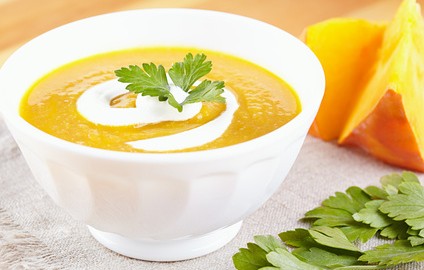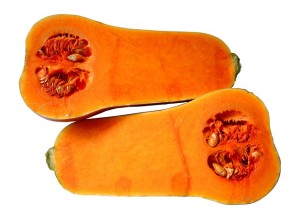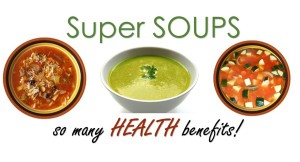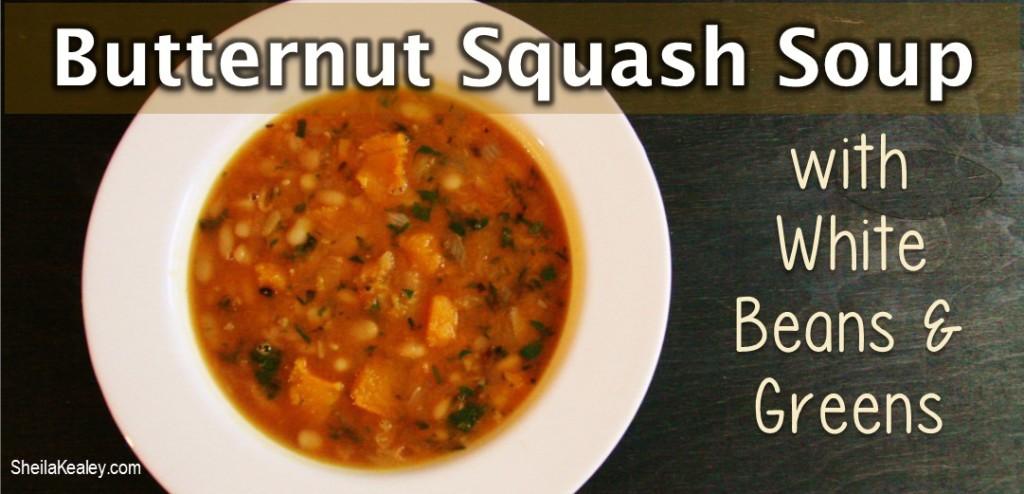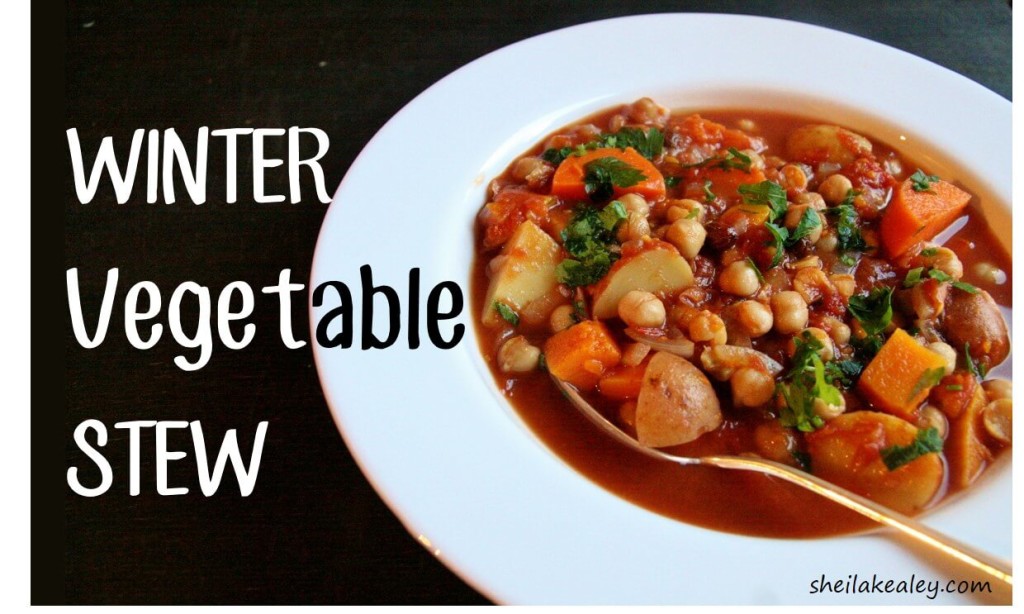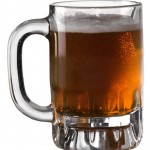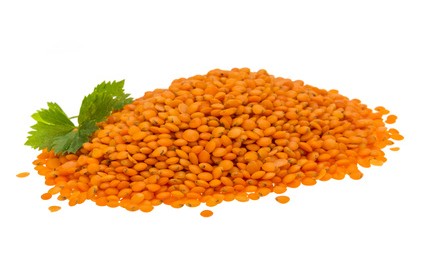 This week you can read about compelling evidence on the benefits of activity, something you should be eating daily but probably aren’t, research highlighting the reliability of health info on the web, and an important new study on iron for female athletes.
This week you can read about compelling evidence on the benefits of activity, something you should be eating daily but probably aren’t, research highlighting the reliability of health info on the web, and an important new study on iron for female athletes.
Why muscles make good medicine. More and more research is uncovering the amazing benefits of exercise. This article provides a nice overview of the recent research, and shows you the benefits of exercise from childhood to old age.
Another reason to legumes (beans, peas, & lentils). Legumes are tasty, versatile, inexpensive, and extremely nutritious (and a good sources of iron, phosphorous, magnesium, potassium, copper, calcium, zinc, & B-vitamins). Well known for health benefits associated with their fiber content, a new study shows that a daily serving of legumes can reduce HDL cholesterol. (Canadian Medical Association Journal, April 2014). If you want to learn more about the health promoting substances in legumes, there is great info here.
If you’re like most Canadians, you’re not close to eating 1 serving a day. Very simple ways to enjoy include using canned beans or frozen peas, or consider making my simple & quick red lentils.
Can you rely on health information on the Web? Researchers from the University of Florida examined the quality of health information found on the Internet. They found that searches for diagnosis and treatment of disease or injuries yielded higher-quality information than searches for preventive health and social health information. Searches for nutrition and fitness topics were generally lower quality. (Decision Support Systems, 2014; 57: 454). Here is some good advice for evaluating health information on the internet.
Female Athletes & Iron. A meta-analysis (combining results from different studies) found that iron supplementation improved athletic performance in women. Specifically, an analysis of the combined studies showed that iron supplementation benefits maximal aerobic capacity (VO2 max) and efficiency of submaximal exercise. The researchers note that benefits were mainly seen in iron deficient or anaemic athletes. If you’re a female athlete, it’s a good idea to keep tabs on your ferritin level. For more information on the iron needs of athletes (and tips on how to get iron from your diet), read my article The Iron Needs of Athletes: Who Needs More, and How to Get it Through Your Diet.
Health habits are difficult to change – will pictures help? I think we all know that. . . Here’s an interesting twist on ways to improve health habits: “health cards” with great art illustrating a specific axiom to move you in the direction of better health, and the backs of cards explain the rationale behind the health tip.
Share This:
